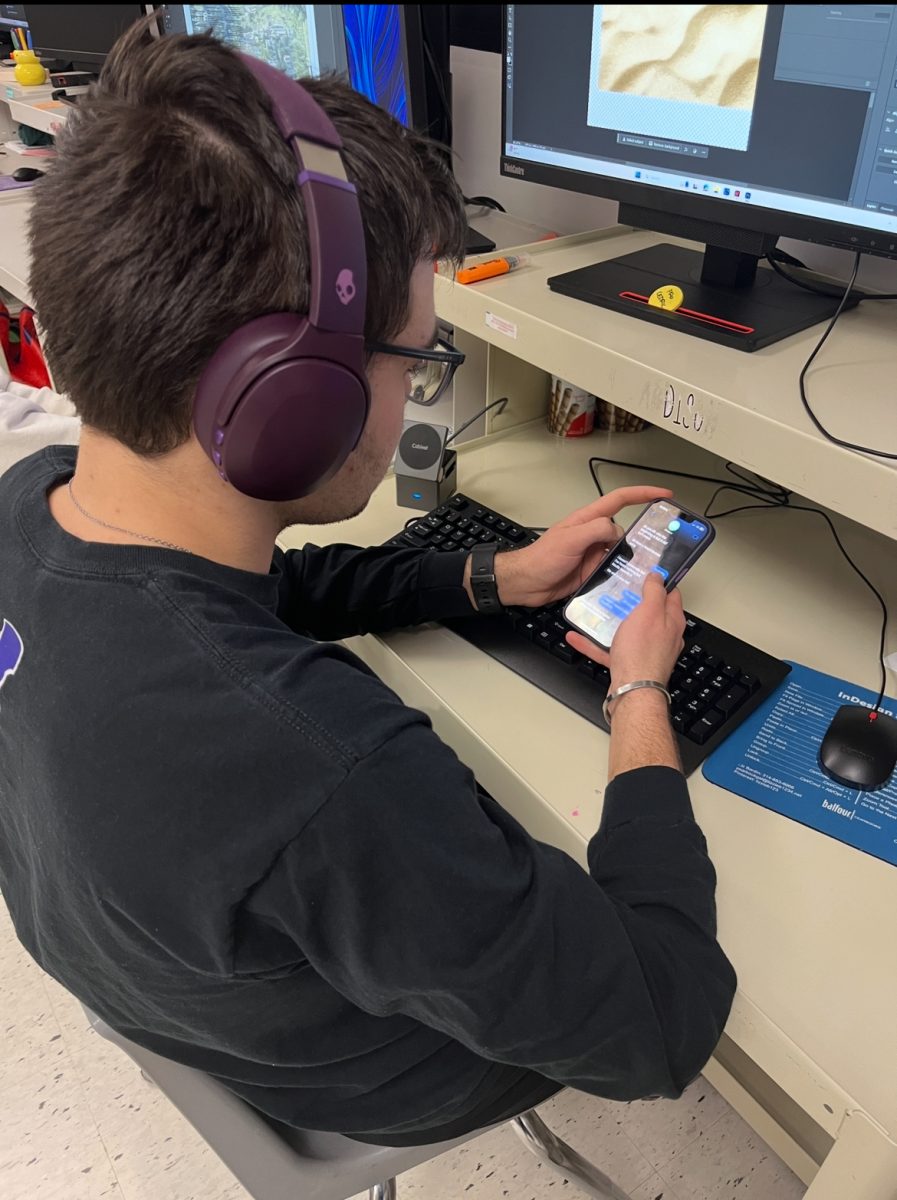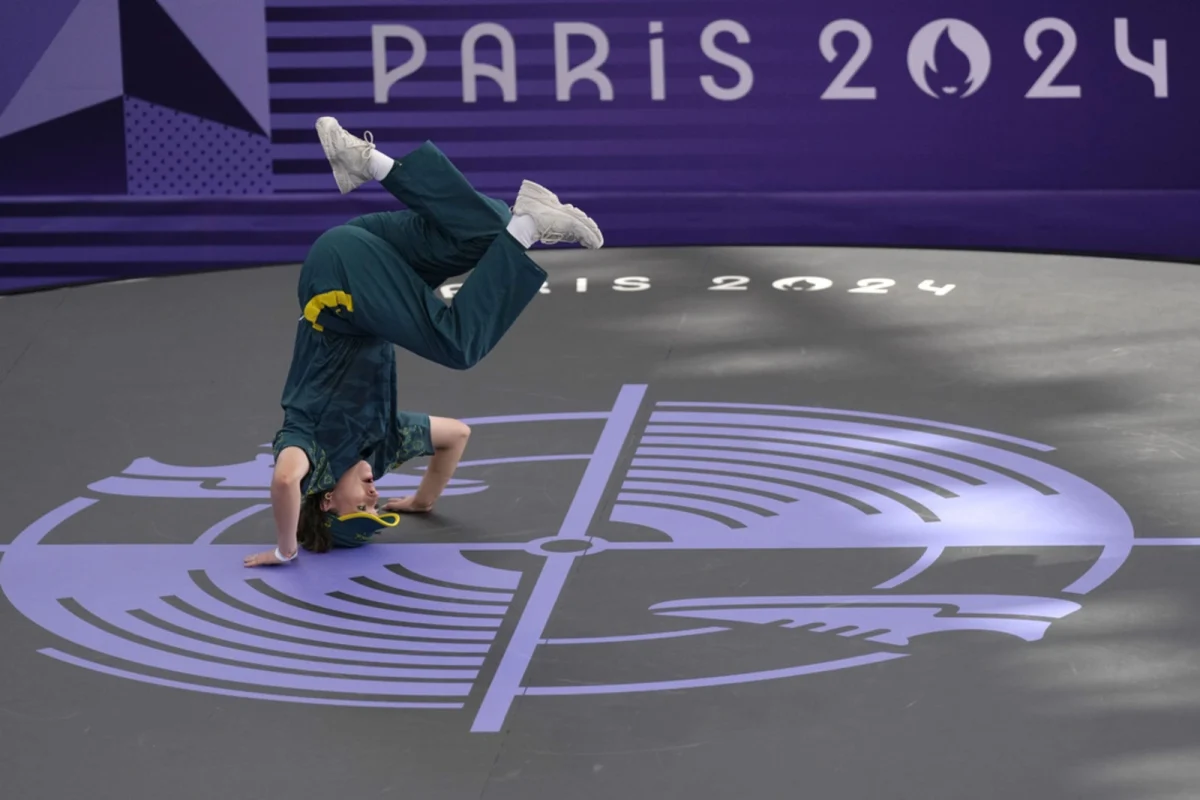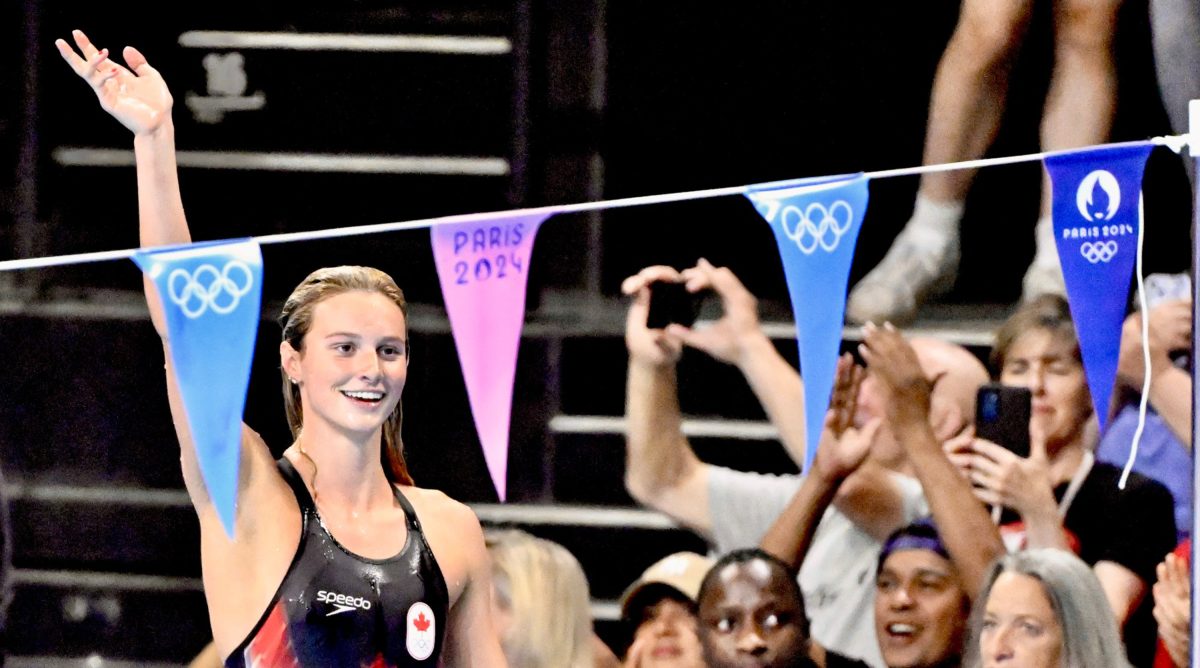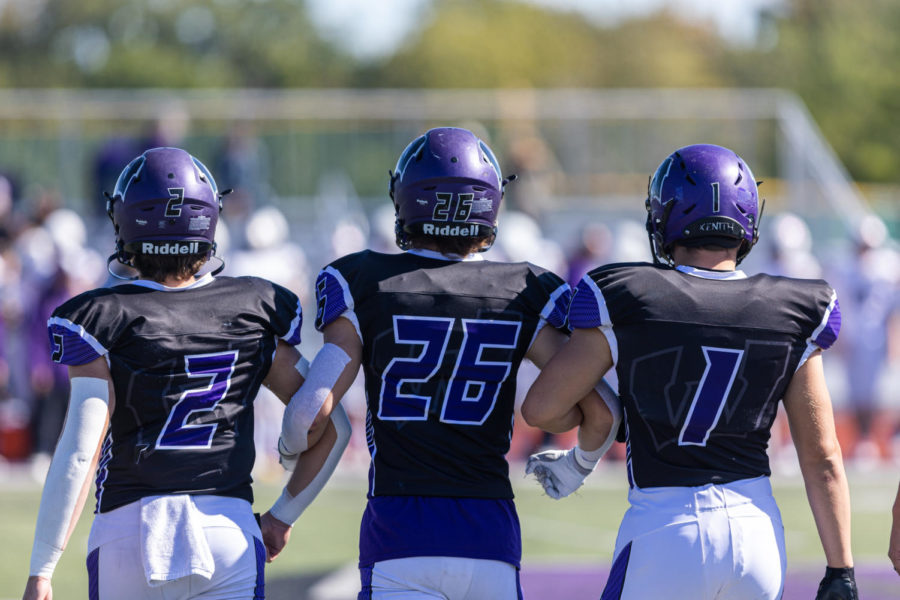The Growing Problem
Giving awareness to athlete’s mental health
The FZW Football players unite themselves by chaining their arms.
On Monday, April 25, Lauren Bernett was announced as the Colonial Athletic Associations’ softball player of the week. Less than a day later, it was announced that she had taken her own life, according to @BonaguraESPN on twitter.com. University of Wisconsin runner Sarah Shulze finished first in the 3,000 meters (1.864 miles) and notched a personal best in the mile at the Larry Wieczorek Invitational in January. On April 13, her parents revealed on a website that their daughter had taken her own life, according to usatoday.com. In 2019, Stanford women’s soccer captain Katie Meyer led her team to victory in the College Cup. On March 1, she took her own life in her dorm room, according to nbcnews.com. Within two months, three collegiate athletes had taken their own lives. The modern age of sports has become overly pressurized and too intense at every level.
“The culture of athletics preaches where there’s a will, there’s a way, and the best don’t rest unless you puke, faint or die. Keep going,” former collegiate athlete Victoria Garrick said in a TEDxTalk.
We live in an age where young athletes have unrealistic expectations set on them. In the past few years, national rankings have started to come out for six-year-olds. Social media accounts have been created revolving around recruitment for athletes as young as 10 years old. Children are expected to dedicate their time to athletics instead of just being kids.
“I watched a nine-year-old play five hours of baseball on Saturday morning and then followed him on the way out as his dad told him to get a Gatorade because he was headed to four hours of lacrosse,” Scott Day said in an interview on “From My Seat On The Sidelines.”
Each student-athlete is supposed to be able to handle athletics and academics. The 6 a.m. wake-up calls for weights before a full day of classes, another practice after school and the rest of the night dedicated to studying. When does this become too much? Rest days are spent doing different types of therapy to “heal” the body before repeating the whole cycle again. Even with the toll taken on the mind and body, athletes still manage to push themselves through this treacherous lifestyle.
“I was in practice thinking I don’t want to be here today; I just want to go home and rest,” Garrick said. “I said Victoria, the girl to your left is here, and she’s working hard. She must want it more than you, and you don’t deserve to be here if you’re not going to work hard.”
The current stigma surrounding athletes creates the false idea that wanting to rest is weak. No matter what level a competitor takes place in, at the end of the day, we are all human, and rest is a basic aspect of life. Underneath the jersey is a person who has an identity and should not be defined by the sport they play. How often does a conversation with an athlete start with “how was your game?” or “how is soccer going?” What if, instead, we treat everyone as individuals and ask how they are feeling.
To stop problems occurring in the world of sports, we need to allow athletes to act as individuals. We need to stop trying to connect a person to the sport that they play. We all need to act as a resource to athletes who feel stuck. The stigma in athletics will continue to be fought.































